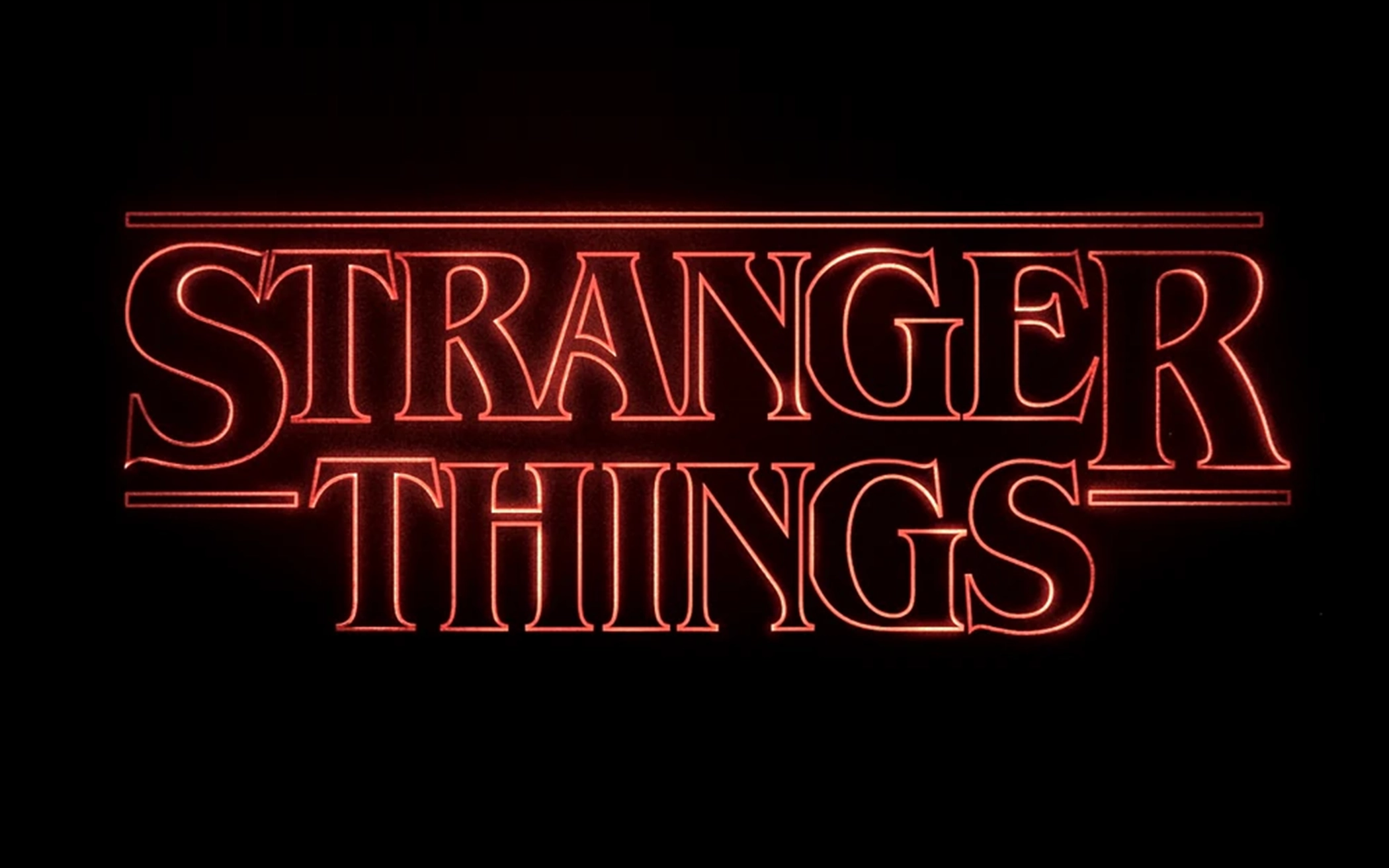Couple the sheer amount of shows available on streaming services these days with the reality of COVID, and it’s no surprise that fewer people are going out to the movies. Mostly, I don’t miss the movie theater; I like my cheap snacks and comfy couch. Still, what I do sometimes long for is the sense of event that going to the theater offered. Even if most blockbusters were middling, there’s an energy that a packed house manifests. This and the fact that a lot of people would be talking about what they saw over the weekend.
When the fourth season of Stranger Things launched this summer, I felt something akin to that sense of shared cultural experience. Pretty much everyone I knew was streaming or talking about it; we actually had people over to the house to watch it. What’s more, everyone online was discussing it. And while it didn’t quite break the internet, Netflix did go down when the final episodes dropped at the beginning of July, its servers unable to keep up with the traffic.
So what’s the big deal? What is this show offering that draws such dedication?
For those who don’t already know, the show focuses on a group of nerdy friends who band together to fight different manifestations of evil that emanates from an alternative reality—the Upside Down—adjacent to the fictional town of Hawkins, Ind. Obviously, then, the show is going to appeal to the sci-fi crowd, a fanbase that only keeps growing. The show also draws those of us who feel fondness for the ’80s; not only is it set in that decade, but it capitalizes on our nostalgia through direct allusion and tone. When it doesn’t feel like product placement for the games or music of the ’80s, it’s working hard to capture the feel of an early Spielberg movie. Plenty have noted that it feels like a cross between E.T. and The Goonies, albeit a scarier incarnation.
Besides the attractions of genre and setting, though, I would add two more explanatory factors for Stranger Things’ widespread popularity. First, it’s simply a very well-plotted, expertly acted, and tightly composed show. Interestingly, most people I’ve talked to about the new season have noted its unique camera angles and cuts between scenes. This attention to cinematography gives it the feeling of something grander than just a TV show. More than this artistry, though, the show has this going for it: despite the fact that its ensemble cast keeps growing, each actor, whether familiars or newcomers, is outstanding. I could list scene after scene, but it comes down to this: almost every interaction between the characters offers us a deep sense of friendship—newly formed, struggling to stay afloat, or reconciling after disappointment.
And this brings me to a hypothesis about the deeper reason for our admiration of Stranger Things.
The nostalgia we feel isn’t simply for the stylings of the ’80s; rather, it’s for a time that precedes the amount and force of irony we experience in the media today. In the 1990s, shows such as The Simpsons and Buffy the Vampire Slayer—both of which I’ll admit to loving—satirized our binary conceptions of proper and improper, right and wrong, even good and evil. In Buffy and similar serieses that followed, the protagonist was as likely to be the vampire as the hero fighting the monsters. Don’t get me wrong: our neat categories needed some shaking up, and it was fun to have the goofy tropes of genre stories mocked. But all these years later, perhaps we had forgotten what it felt like to root unabashedly for a group of misfit kids eagerly taking on overwhelming evil.
In this vein, consider the fourth season’s use of music. In one of the season’s most celebrated scenes, the kids attempt to save one of their friends from a deadly trance induced by an evil being attacking her from another dimension, and the only way to save her is to play her favorite song. Here, it would have been so easy, so tempting, to pick something cheesy. The director could have selected a Milli Vanilli song, or even turned this moment into a Rick Roll—a way of winking to the audience, letting us know that regardless of how much we care about Max, we shouldn’t take this all too seriously (doesn’t the very conceit I outlined above sound silly?). Instead, the creative team went with Kate Bush’s “Running Up that Hill,” one of the great songs from that era, sincere and grand. The choice results in a cinematic moment every bit as moving as anything you’ll see in an actual movie theater these days.
As you probably know, Bush’s song has since reentered the charts after 30 years, becoming its own cultural phenomenon. I take this as proof of my conjecture: we’re all ready for some irony-free moments, times when the music swells, the underdog faces overwhelming odds, and we’re not embarrassed over our excitement, our anticipation, that friendship just might trump our fears. Indeed, what an event. What a joy. (Netflix)
About the Author
Andrew Zwart lives in Grand Rapids, Mich., and is director of interdisciplinary studies at Kuyper College. He enjoys gardening, impromptu dance parties with his wife and two boys, and taking walks while listening to podcasts.

